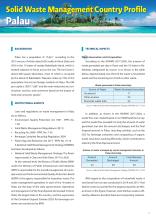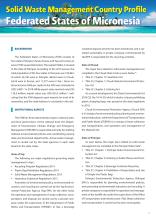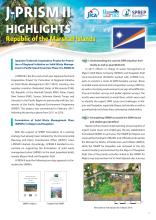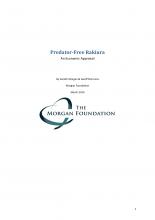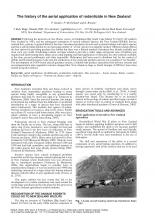Island eradication within large landscapes: the remove and protect model
Bell, P.
,
Mulgan, N.
,
Nathan, H.
2019
New Zealand has been the world leader in the eradication of invasive mammalian predators from offshore islands. Today, the focus for invasive predator management is shifting to larger landscapes; big inhabited islands or the mainland itself. The most cost-effective approach in the long term will be to eradicate the predators from those areas, ensuring permanent freedom for vulnerable and threatened native biodiversity to recover or be reintroduced. Island eradication technologies cannot always be employed on the mainland (e.g. aerial brodifacoum), so a new approach is required. Zero Invasive Predators Ltd (ZIP) is a not-for-profit research and development entity, established in New Zealand through public, private, and philanthropic funding, to pioneer a novel predator management model for landscape scale application a model known as Remove and Protect. ZIP is developing the tools and technologies to both enable the complete removal of rats, possums, and stoats from large areas of mainland New Zealand, and then protect those areas from reinvasion. Among the innovations being tested is the virtual barrier, essentially converting large peninsulas into islands without the use of traditional predator fencing (which is expensive and impractical in some terrain); and a minimal infrastructure detection system for automated early warning of any predator incursions. We review the transformative predator management model ZIP is developing and how it could help to pave the way towards large-scale predator-free landscapes.

